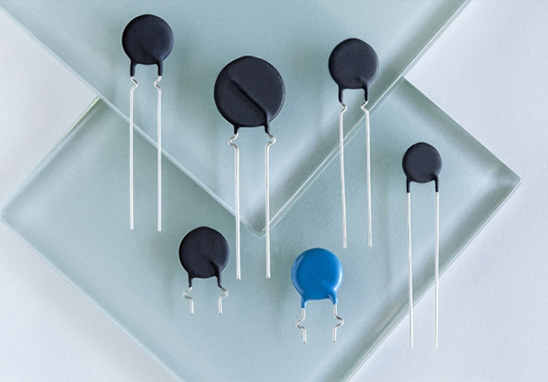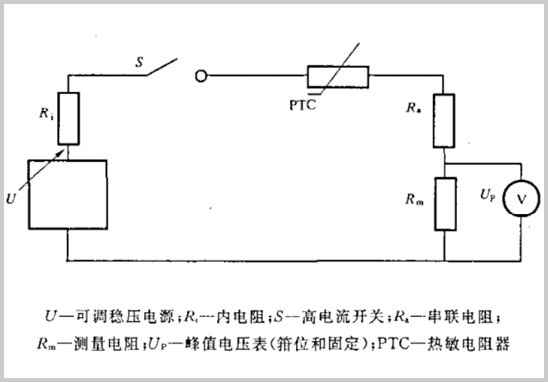Thermistor inrush current test
surge current (surge current) refers to the current characteristics of electrical equipment at the moment of connection, which is very important for the safety of power supply network and electrical equipment.
Positive temperature coefficient (PTC) thermistors and negative temperature coefficient (NTC) thermistors have unique capabilities to limit inrush current to protect various devices from inrush current.

Thermistor inrush current test standard
directly heated step positive temperature coefficient thermistors-Part 1: General specification GB/T 7153-2002/IEC 60738-1:1998 4.28
directly heated step positive temperature coefficient thermistors-Part 1: General specification IEC 60738-1:2006 A1:2009 7.29
directly heated step positive temperature coefficient thermistors-Part 1: General specification EN 60738-1:2006 A1:2009 7.29
Thermistor inrush current test circuit

Thermistor surge current test method
1. Thermistors are installed in the usual way and use the series resistance specified in the detail specification.
2. The current sampling resistor shall be a fraction of the total series resistance R, I .e. Rs = Ra + Rm + Ri shall be within the limits specified in the detail specification.
3. Voltage and ambient temperature shall be as specified in the detail specification.
4. During the measurement, the regulated power supply should keep its maximum output voltage deviation within 1% (source impedance should be considered).
5. Measure inrush current with a clamped and fixed peak voltmeter or a memory oscilloscope with better than 3% accuracy.
Above is introduction to Thermistor Testing for Ansett Certification, for reference only, some of the material comes from the Internet and does not represent the point of view of Ancor's detection technology and is responsible for its authenticity. If you are involved in the content of the work, copyright and other issues, please contact us within 30 days, we will delete the content in the first time!
